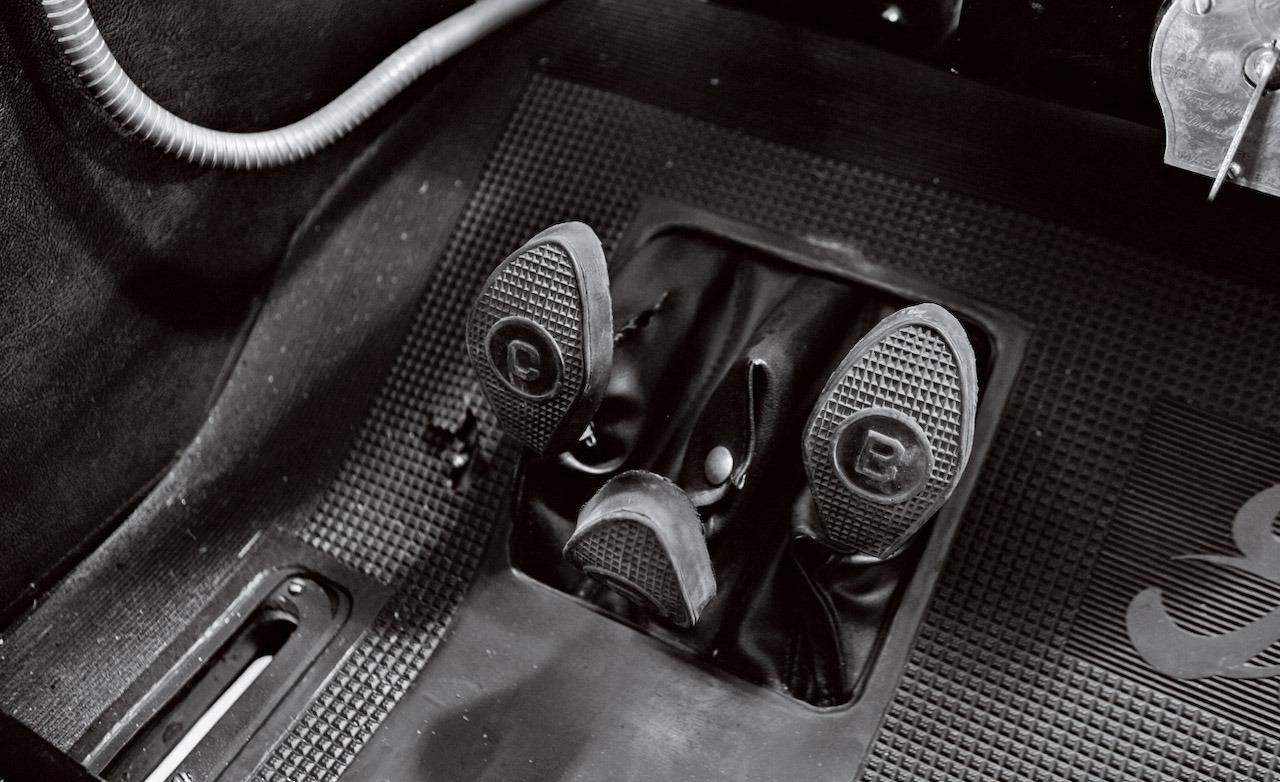Old Timer's ATVs
The other day I ran across someone else who remembered the original ATV. It came with three-and-a-half-inch tires, three foot pedals, 14 inches of ground clearance and would only go up hill in reverse if your were low on gas. ATVs, and their cousins UTVs have come a long way.
Few topics in the black hills
are more
polarizing than ATVs. There are locals – mostly in Rapid
City,
which passes for a big city around here – who absolutely
hate the
thought of ATVs out in the forest. Yet in the past 10
years this
activity, or sport, or hobby (we're not sure what to call
it) has
become big business in the Black Hills. 
That should not surprise anyone because these hills have some great trails, outstanding scenery and lots of history.
Folks have been bouncing around these hills on wheels for over a hundred years. The original ATV, was the Ford Model T, which people were still using to get around the Black Hills as late as the 1960s. Remember, that was an era before SUVs. The only other off-road vehicles were Jeeps that were either military surplus or civilian versions of the same. If you wanted to get out into the hills on a “budget” about the only vehicle you could afford was a Model T, which could still be had for $50, about a week's wages at the car wash for me. (Including tips, which were usually a quarter.)
That may seem amazing now until you put it in perspective. In 1960, the last Model Ts built were only 33 years old. Think about how many 33-year-old cars are on the road today.
Model T was the first gasoline-powered vehicle to travel on many Black Hills roads. Prior to the T, miners and loggers mostly used horse-drawn wagons, although a few big lumber and mining companies had their own railroads. The roads these Model Ts used are still there today and often impassible except for the most off-road capable vehicles. (Jeeps and Toyota FJ cruisers, are some of the most popular Western South Dakota vehicles, partly for this reason.)
Driving a T took some skill, but with the right coordination between hands and feet you could go anywhere – even places a flat-land ATV rider might not hazard today. The T had three pedals. Clutch, break and reverse. To change directions, you just pushed the reverse pedal and suddenly you were going backwards.
As far as I know most drivers used only two pedal positions: Either all the way down or all the way up. If you got stuck – or in a sticky situation – you could usually get out of it by rocking the car. You set the spark advance and throttle to a reasonable RPM, selected low gear – which involved moving the hand lever and pushing in the clutch a certain way – then let the T lurch forward until it got just to the point where it wouldn't go anymore. Then you jammed the reverse pedal and backed up until it wouldn't go. Then you released the reverse pedal and moved forward again. Before long you set up a nice rocking pattern and soon you were unstuck. Simple but effective.
You can't do that in modern
cars. But,
then again, most modern drivers aren't that coordinated
and, anyway, when was the last time you saw a "millennial
anti-theft device" -- aka manual transmission?
By the way, here's a bit of
trivia:
Ford built the last six Model Ts in 2003, to commemorate
the T's
100th anniversary. Ford did it mostly with
original parts
they still had on hand. Maybe we should get them to build
some more
Ts so we can keep using these old Black Hills roads.
Meanwhile,
here's more trivia: The T was the original “flex fuel”
vehicle. It would run on gasoline, kerosene or ethanol.
How's that for green!